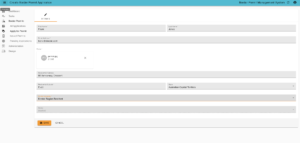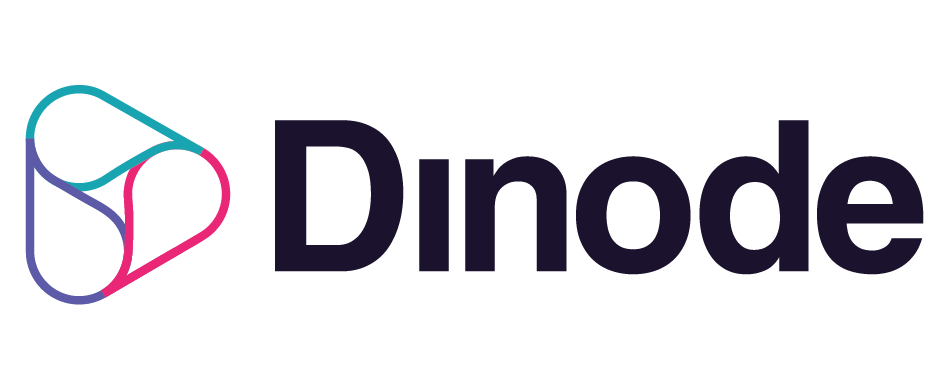
09 Apr Building a Border Permit Management System on xMS
At the outset of 2020, nobody could have predicted how one microscopic virus would transform the working world as we know it. Virtually overnight, face-to-face meetings turned into zoom calls and access to the VPN now determined if you could do any work at all. Systems that were accessed by one section of the business now needed to be accessible to all.
The changes that have occurred in the workplace as a result of COVID-19 have been swift, and in some cases, not as temporary as we might think.
Organizations now need to avoid anchoring themselves to the monolithic systems of old; where business logic is hardcoded and everything is hosted on-premise; where system changes or upgrades require server patches, restarts, client upgrades and a procession of expensive consultants.
Surely a cloud-based, no-code approach to system development could help with that?
When we set out to build xMS, one of our foundational principles was that the people who know how the business works should be the people to design and manage the software to run the business. Having spent a lot of time working with customers and business analysts who knew what they wanted, it just seemed strange to us that these same people were dependent on external software vendors/developers, and change managers to implement and manage key systems. We built xMS as a no-code platform for those customers and business analysts who know what they want the system to do, and how it should do it – so they can build, deploy and control the flow of information within the business as change happens.
One of the first demonstrations we put together for xMS was a Border Permit Management System – a simple, public-facing system to allow state governments to manage, track and automatically approve or reject requests for people to cross state borders. This kind of system has been implemented, in various ways, with varying degrees of success by every state of Australia this year. It wasn’t the kind of system that anybody was trying to build or sell – this just wasn’t a problem that even existed in January 2020.

The Create Form for a Border Permit Application collects the applicant’s details and reason for travel. Saving it triggers a workflow and starts the evaluation process.
When you set out to build a management system with xMS, you need to take a look at three things:
- Entities – the business objects you’re dealing with (i.e. border permit application and border permits)
- References – the relationship/s between the entities.
- Processes – the processes, decisions and actions which trigger automated or manual user tasks.
For our border permit system, there are two business objects – an application for a permit, and the permit itself. A Permit (if you get one issued!) is related to an application. You don’t need to create users, or groups, or permissions, because xMS takes care of that. You don’t need to worry about the user interface – xMS will build one for you (which can be changed of course – once you get your data and processes working the way you want).
Our process engine needed to support the ever-changing rules for each state after every press conference, so we add those into a decision tab to make them easy to change. And we needed to draw out the flow chart of approvals for how they would be processed by the organization:
When a user creates an application for a permit, we kick off the process shown above – which works through the list of tasks, some automated (like sending an email or reaching out to a web service to find an answer to a question), and some are manual user tasks (i.e. exceptions outside of the known rules). The manual user tasks end up in a queue for an internal staff member to review and approve/reject before continuing through the process.
To demonstrate xMS features, we’ve also added automatic integration with third-party AI services to recognise images of celebrities, document generation to create unique permits with QR codes to print or display on your phone, automatic approval criteria through the use of decision models and many other useful features for a border permit management system. All of these features are standard building blocks available in xMS to build your next business management system.
We built this demo app using xMS in one (1) day – and given our automated cloud architecture is designed to horizontally scale up and down based on load, it can withstand peak load surges and scale back down as required to ensure cost-conscious reliability of service. As the frequent rule changes occur for border permit applications, so can the system and the permit applications in progress, using our flexible and simple decision models, making xMS one of the easiest-to-use and comprehensive no-code platforms to build modern, secure and scalable business management systems.
If you’d like to chat with us about how the xMS platform can help improve your organizational agility and start building some apps to improve your resilience, please get in touch!






Sorry, the comment form is closed at this time.